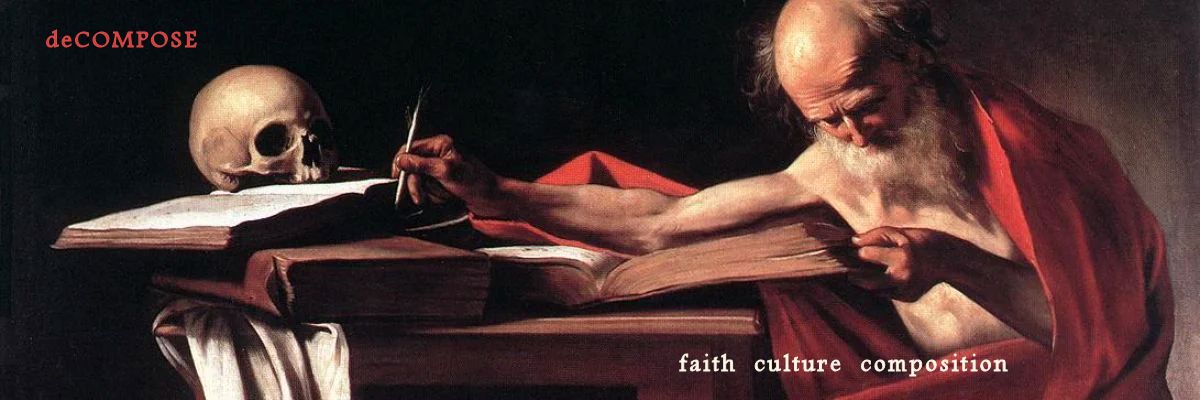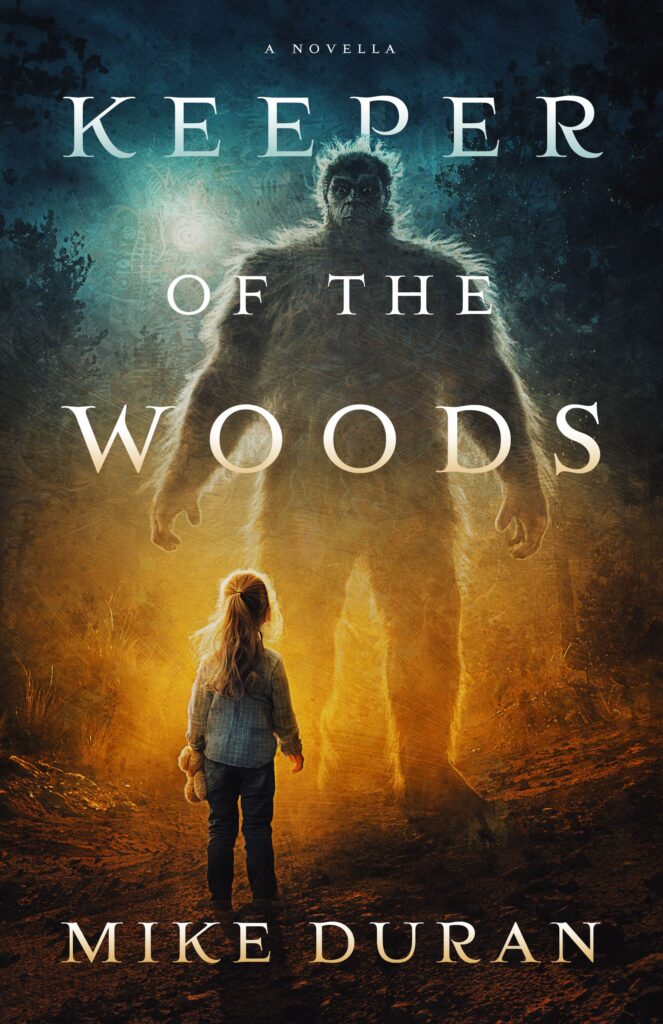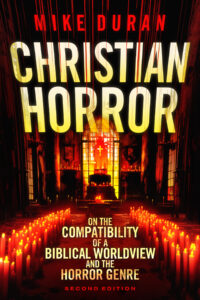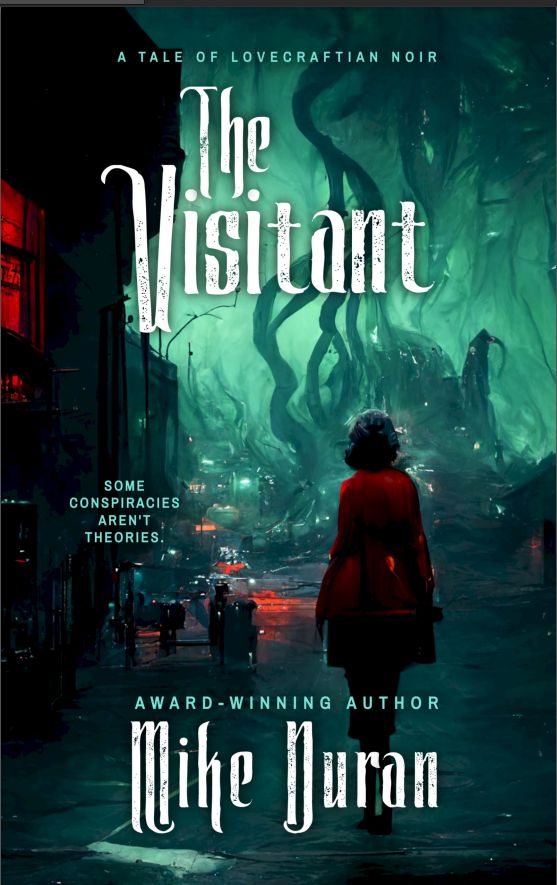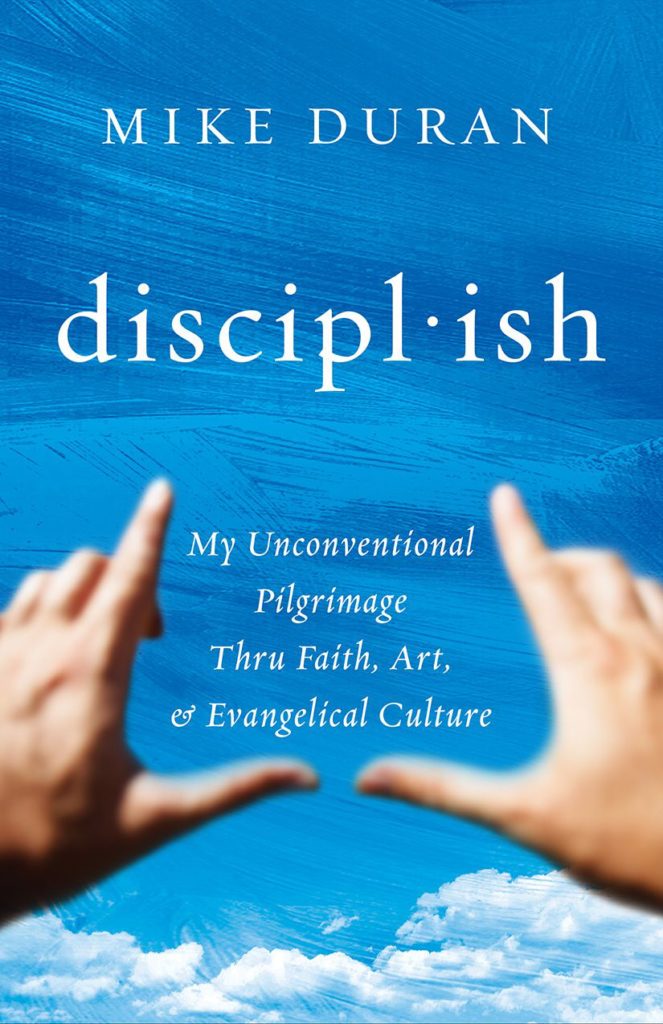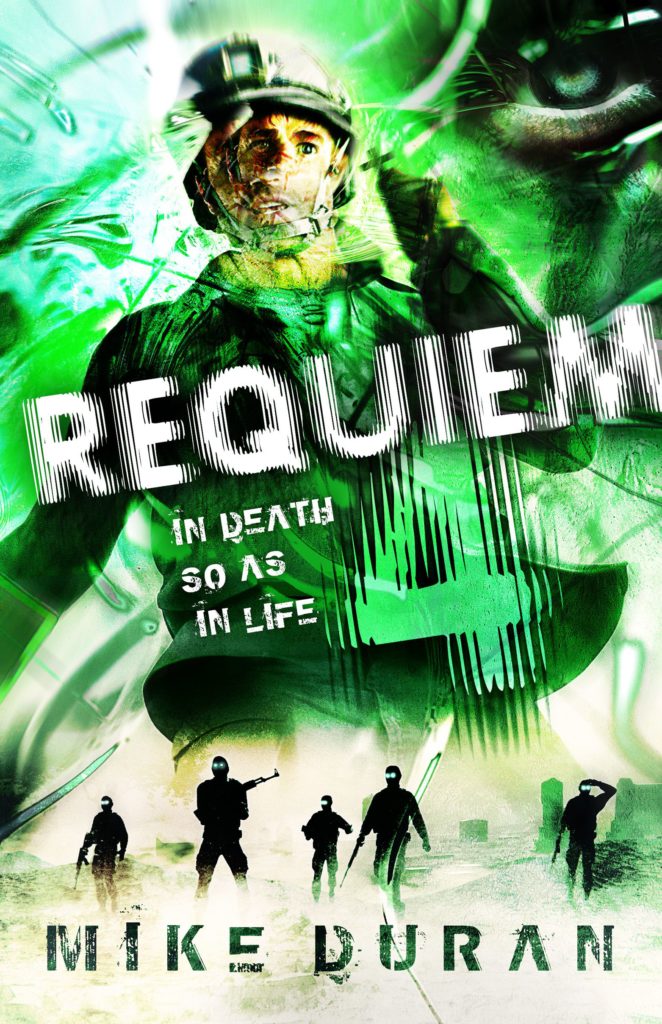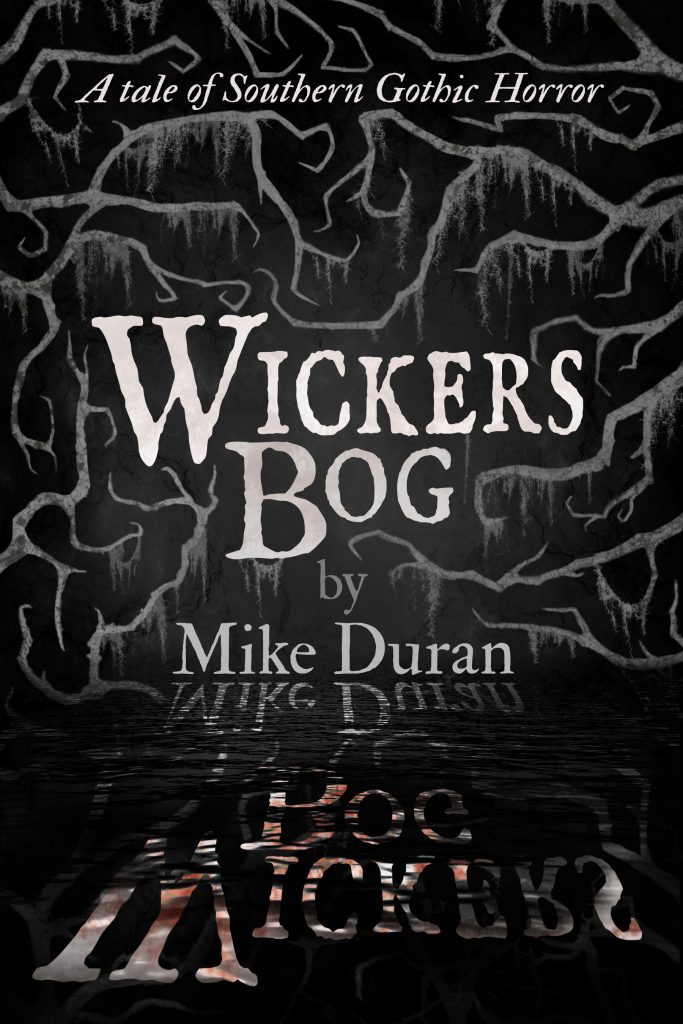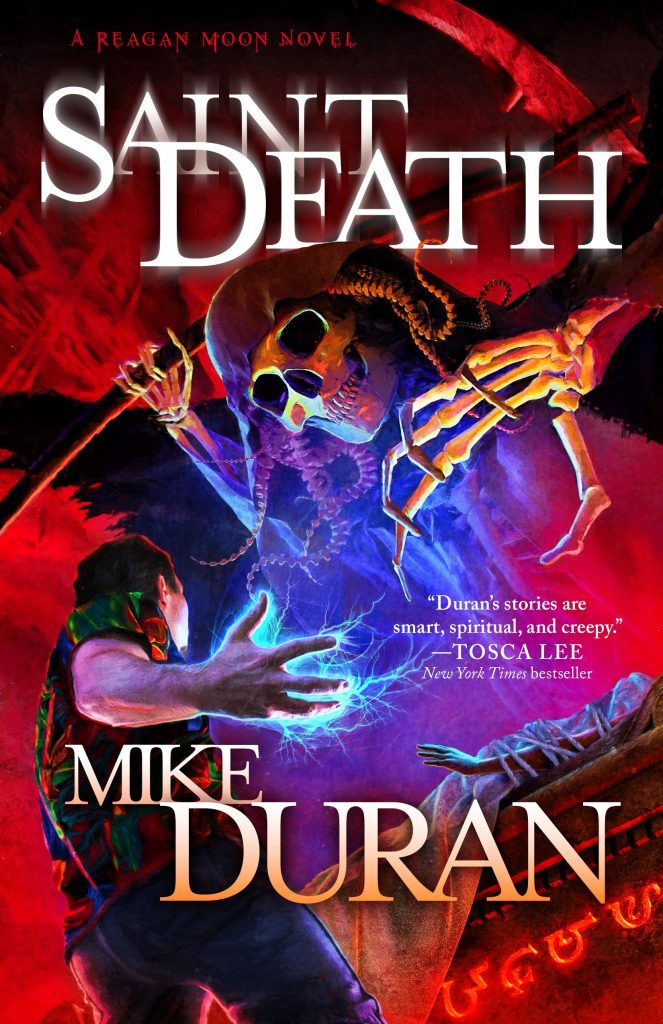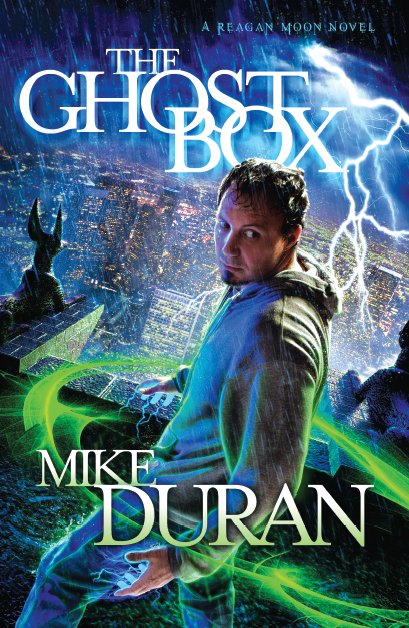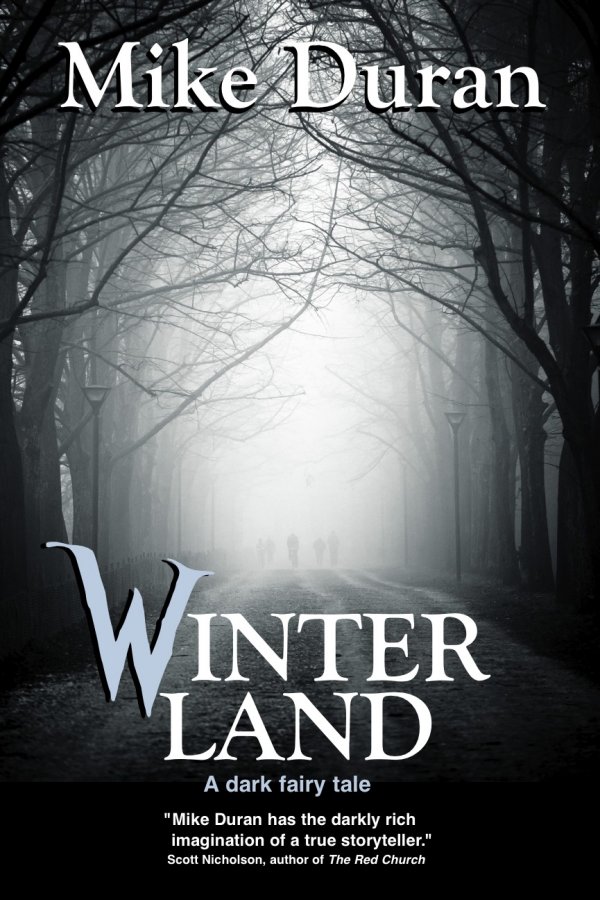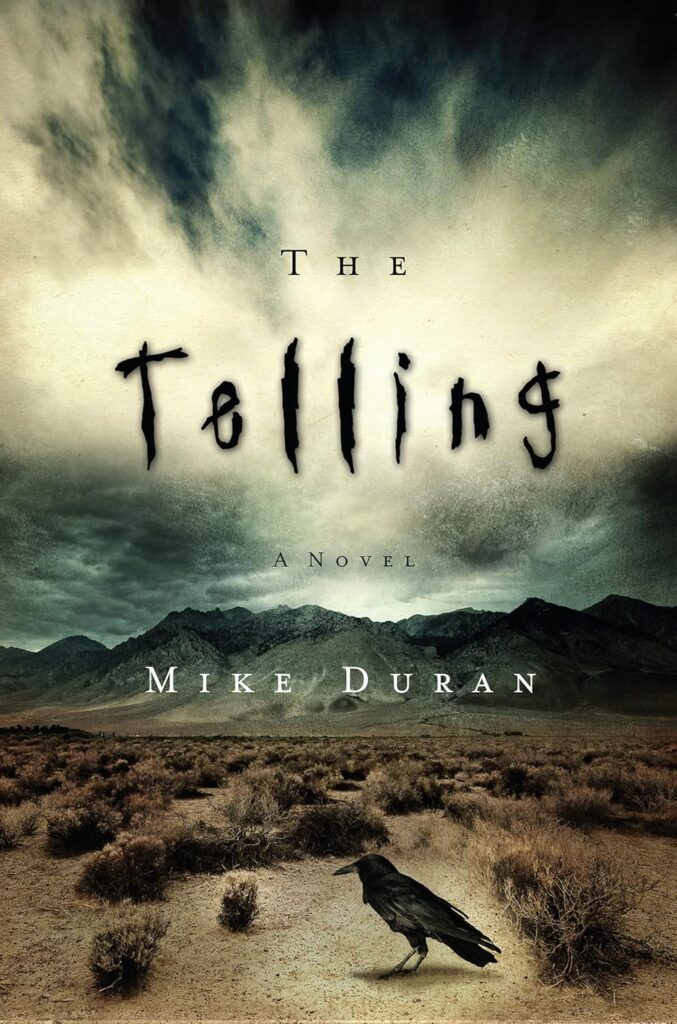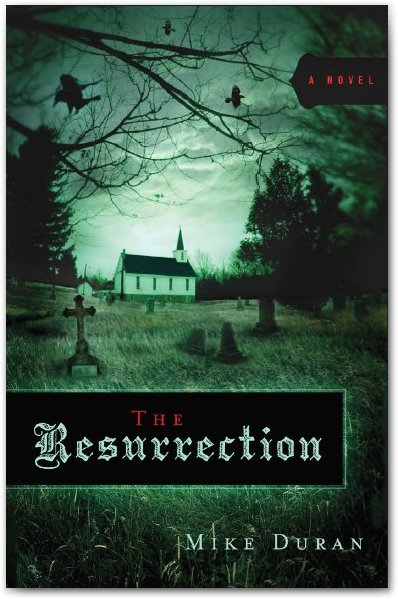YA Fiction has become a valuable tool for educators, activists, and LGBTQ+ advocates seeking to indoctrinate young adults into progressive ideologies and aberrant sexual lifestyles.
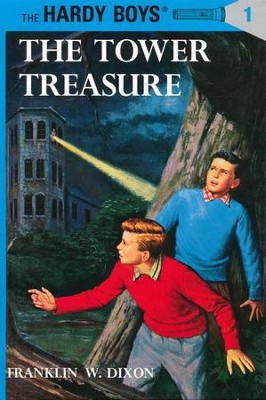 In A Short History of Queer YA Fiction, Daisy Porter suggests that the appearance of homosexuals in stories (around the late 1970’s) was a reflection of the times. Disapproval of gay lifestyles was still the consensus (though changing). Thus, portrayals of gays were often unflattering. But by the late 80’s and early 90’s, gay characters came into their own. Porter calls these books “gaytopian” novels, “where coming out and bullying weren’t really issues for the gay characters.” From this era, Queer YA Fiction moved to openly celebrating gay novels. During the 2000’s, LGBTQ+ acclamation merged with multiculturalism and critical race theory, producing a spate of “international gay characters.” Asian, Middle Eastern, Indian, and even “American queer teens of color” began to make regular appearances.
In A Short History of Queer YA Fiction, Daisy Porter suggests that the appearance of homosexuals in stories (around the late 1970’s) was a reflection of the times. Disapproval of gay lifestyles was still the consensus (though changing). Thus, portrayals of gays were often unflattering. But by the late 80’s and early 90’s, gay characters came into their own. Porter calls these books “gaytopian” novels, “where coming out and bullying weren’t really issues for the gay characters.” From this era, Queer YA Fiction moved to openly celebrating gay novels. During the 2000’s, LGBTQ+ acclamation merged with multiculturalism and critical race theory, producing a spate of “international gay characters.” Asian, Middle Eastern, Indian, and even “American queer teens of color” began to make regular appearances.What’s Behind the Explosive Growth of Queer YA Fiction?
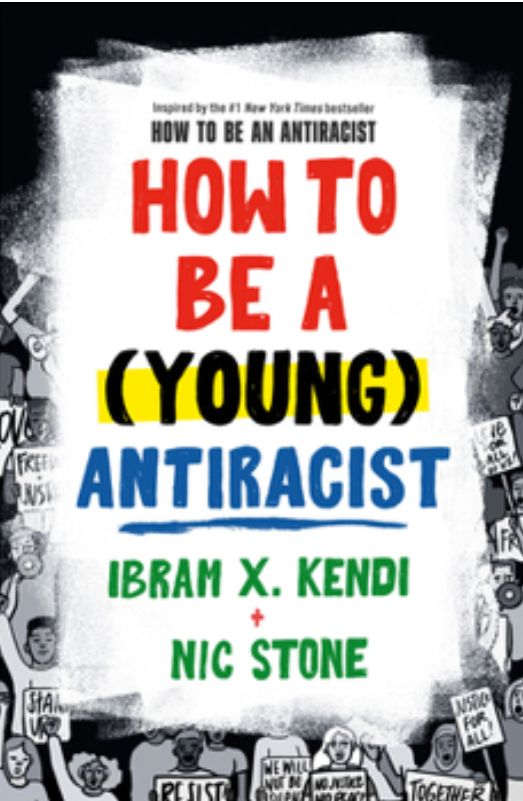
- “A classmate’s unwanted advances lead 16-year-old Ivy on a cross-country road trip to get an abortion. [The author’s] examination of the stigma surrounding abortion, small-town conservative attitudes, and support from sometimes unlikely places make Ivy’s journey a must-read for all young adult readers.”
- “Two neurodiverse teens find love together over the course of a summer internship in Europe. Tilly’s spunk, quirky attitude, and search for understanding in this opposites-attract rom-com make this a perfect match for fans of happily-ever-afters and realistic fiction.”
- “Transmasc Gem moved to small-town Georgia—closer to their Seminole roots—but fears they’re losing their mind, until the new girl informs them they’re both reincarnated gods—and soulmates. Intersectionally diverse with strong Native representation…”
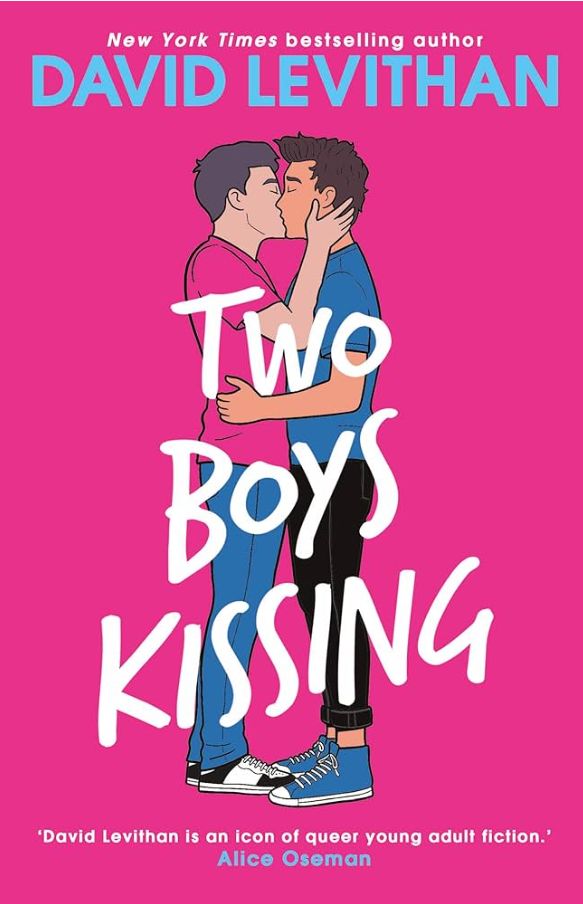
- “Over the course of 10 dates, Ryan and Avery fall in love. Fans of Levithan’s Two Boys Kissing will recognize Ryan and Avery and rejoice in learning more about their story. A swoonworthy romance that will have readers reminiscing on their first love.”
- “Manny, a queer teen cast out of his devout religious family, is determined to reunite with his younger sister, who is still living with their adoptive parents. [The author] uses a nonlinear time line to tell a compelling story that explores trauma, abuse, and white saviorism.”
- “Vanja’s been a hero and a villain, but when her newest con accidentally wakes a sleeping goddess, she’ll have to work with new and old friends to keep from becoming a martyr. Thoughtful representation of asexuality and consent is woven in as Vanja and Eimeric’s romance evolves.”
The Media and Academic Elites Taking Aim at Our Children
We Need Diverse Books was created to fight for more diversity in children’s and young adult book publishing at every level, among authors, editors, marketers, agents, publishers, and more. First and foremost, they wanted authors from marginalized communities to be given opportunities to have their voices heard in the overwhelmingly white, heterosexual, cisgender industry. And the results have been clear.
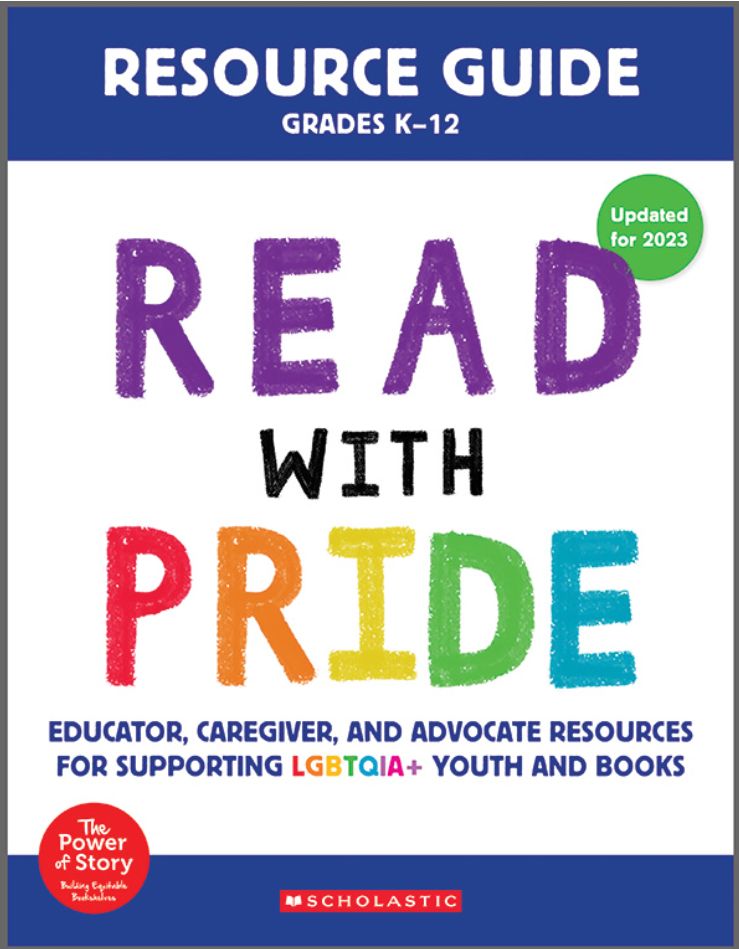
We need diverse scholars and educators who will subvert the canon, the form, and many of our hierarchical systems of selecting and lauding books.
Take, for example, the most-banned “Gender Queer.” That graphic novel features a picture of oral sex being performed on a sex toy. It also contains an X-rated passage…
“This Book Is Gay” provides a how-to guide to find strangers for sex on gay sex apps. “Out of Darkness” contains a rape. “l8r g8r” contains discussions of oral sex. “All Boys Aren’t Blue” contains underage incest. “It’s Perfectly Normal” contains drawings of children masturbating. “Lawn Boy” contains a passage about 10-year-old boys performing oral sex on each other. “Jack of Hearts” talks about a condom that is “covered in s—-.” “Crank” details a meth-fueled rape. “Lucky” also details a rape. And “A Court of Mist and Fury,” tame by comparison, contains an extremely explicit sexual passage.
Pushing Back Against a Culture of Grooming
Scholastic’s resource page for Educators, Caregivers, and Advocates, a page since deleted by the group, is up-front about their goals and methodology:
Books and literature are never neutral; by engaging with queer literature for children and young adults, you are disrupting the status quo that implies being cisgender, heterosexual, and allosexual are the default. You are showing children an expanded way of thinking and being that validates all children and all people.
Please notice: Scholastic is prescribing specific reading material for children that is designed to “disrupt the status quo” and “expand their way of thinking.” Though many hedge against the label of “grooming,” this is a textbook definition of the process. Academics, educators, and media are producing content for our children that is designed to destabilize and disrupt traditional family values and moral norms and reprogram their thinking regarding themselves, society, and human sexuality.
One result of such blatant indoctrination has seen the emergence of groups like Gays Against Groomers, “a 501(c)4 nonprofit of gays, lesbians, and others in the community who oppose the sexualization, indoctrination, and mutilation of children under the guise of radical ‘LGBTQIA+’ activism.” According to their website, the group asserts that such intentional indoctrination is “mass-scale child abuse being perpetuated on an entire generation.”
The emotional and physical wreckage suffered by victims of this “sexualization, indoctrination, and mutilation of children” is tragic.
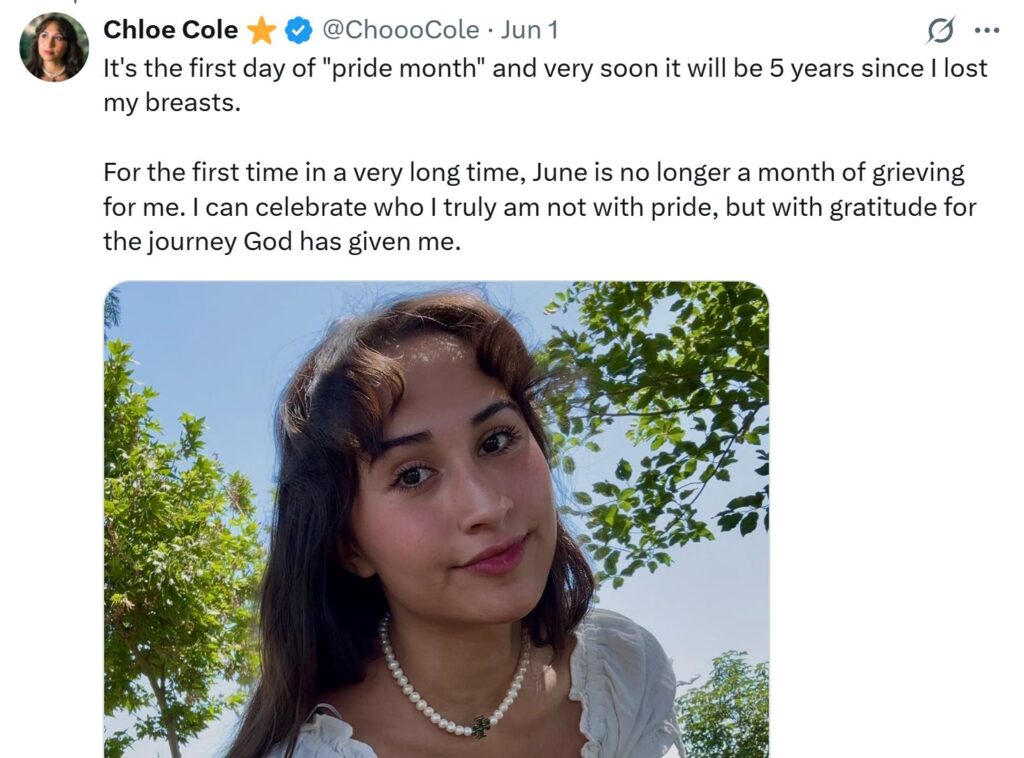
Take Chloe Cole. Cole is part of a growing movement of detransitioners (detransitioning is “the process of stopping or reversing a gender transition”). At the age of 13, Cole was put on puberty blockers. By 15, she’d had top surgery, an elective mastectomy. By 16, she realized she’d been misled. Her testimony before the U.S. congress is both riveting and gut-wrenching.
“I speak to you today as a victim of one of the biggest medical scandals in the history of the United States of America,” she began. Upon recommendation of a medical professional, she was given puberty blockers and then testosterone. Her body underwent violent changes. “My voice will forever be deeper, my jawline sharper, my nose longer, my bone structure permanently masculinized, my Adam’s apple more prominent, my fertility unknown. I look in the mirror sometimes, and I feel like a monster.” She mourned never being able to breastfeed a child, but instead having massive scars across her chest and skin grafts where her nipples used to be which weep fluid. Cole concluded, “So what message do I want to bring to American teenagers and their families? I didn’t need to be lied to. I needed compassion. I needed to be loved. I needed to be given therapy that helped me work through my issues, not affirmed my delusion that by transforming into a boy, it would solve all my problems… This needs to stop. You alone can stop it. Enough children have already been victimized by this barbaric pseudoscience.”
Thankfully, Cole, and other detransitioners, are leading victims of this “barbaric pseudoscience” to heal. Meanwhile, publishers of YA fiction continue to celebrate and advocate this dangerous and destructive lifestyle choice, while ignoring these “marginalized voices.”
In fact, the same vocal sources which indoctrinate youth into aberrant sexual lifestyles, abandon them when they finally come to their senses. The authors of How Big Tech Turns Kids Trans noted, “research shows that the majority of those who transition were persuaded to do so online through social media, blogs, and YouTube.” Conversely, in Detransition-Related Needs and Support: A Cross-Sectional Online Survey researchers found that detransitioners experienced a “major lack of support… from medical and mental health systems and from the LGBT+ community.” In other words, the same networks and groups which encouraged gender exploration and “coming out,” are notoriously silent when the same individuals were “going back.” It’s why some are calling detransitioners The Silenced Victims of the Transgender Movement.
Pushing back on such forces of grooming means supporting and platforming those courageous individuals who have detransitioned. Another similarly courageous group is ex-gays.
Individuals like Becket Cook are a good example. Cook was a very successful gay man, working in Hollywood, when he became a Christian and left the LGBTQ+ lifestyle. Cook’s podcast now regularly features other ex-gays and detransitioners, along with celebrities, apologists, and clinical professionals. Rosario Butterfield is another important figure. Once, a leading lesbian activist at a popular university, Butterfield surrendered her life to Christ. Her testimony as told in The Secret Thoughts of an Unlikely Convert is a fascinating account of a deeply militant LGBTQ+ activist and her change of heart. Then there’s groups like the Changed Movement which highlights testimonials of LGBTQ+ individuals who struggled through their brokenness and found their way to spiritual health through Jesus Christ.
***
The “sexualization, indoctrination, and mutilation of children” is a terrible reality of our world. Sadly, much of this process is conducted in plain sight, by adults, educators, and caregivers. Perhaps the most important response of the concerned parent to this reality is simply being informed about the forces at work to shape your kids lives and thinking. As the folks at Scholastic correctly noted, “Books and literature are never neutral.” The same is true of films and art. Thus, being aware of the content your child consumes, and its messaging, is a critical step in educating them and guiding them into truth and health. In part, this means recognizing that YA fiction is not always just entertainment or an innocent diversion. Sometimes it’s a tool for political activists, anti-racists, and LGBTQ+ groomers that will permanently scar your child.
